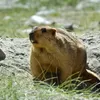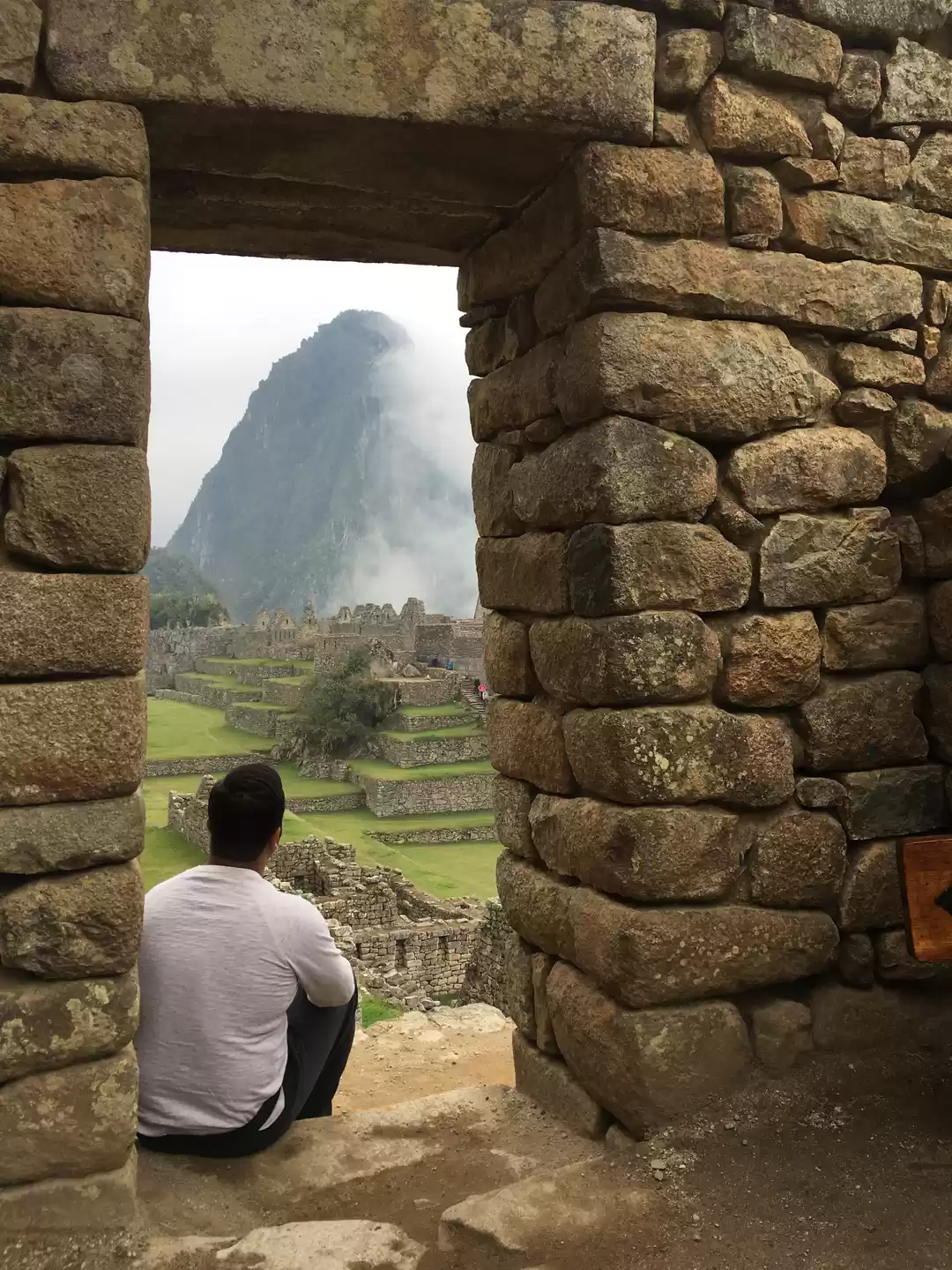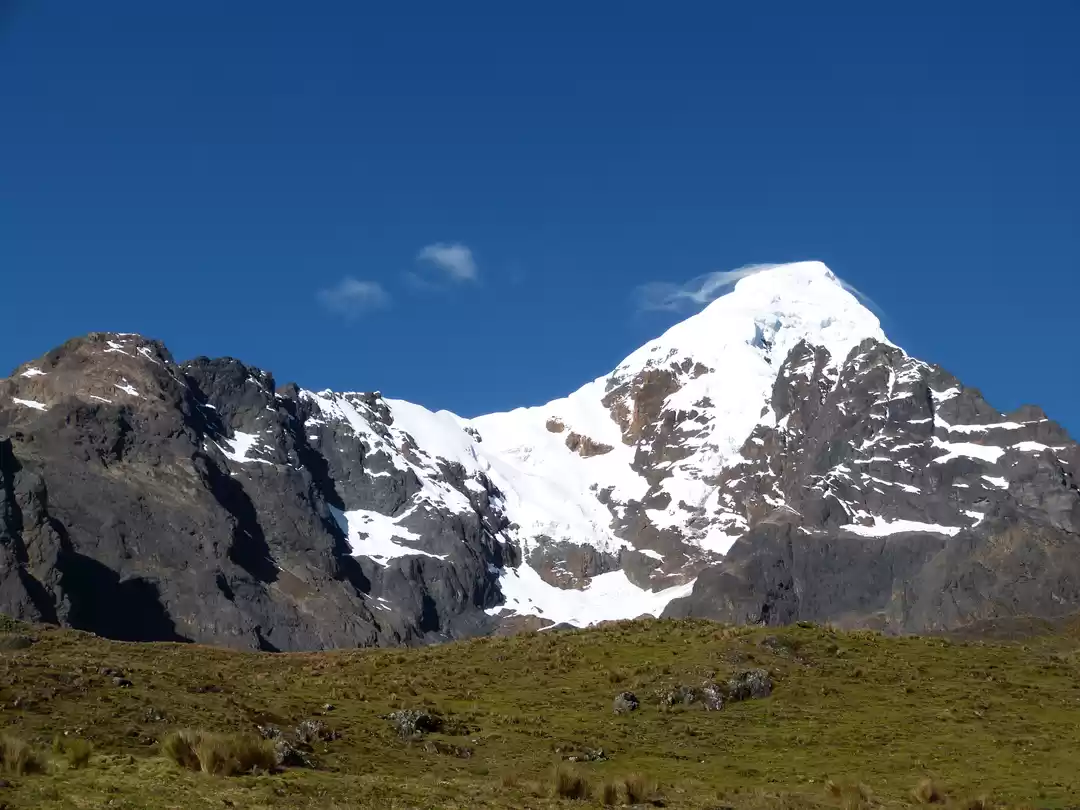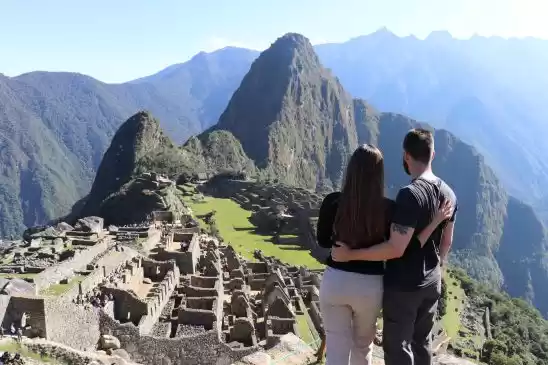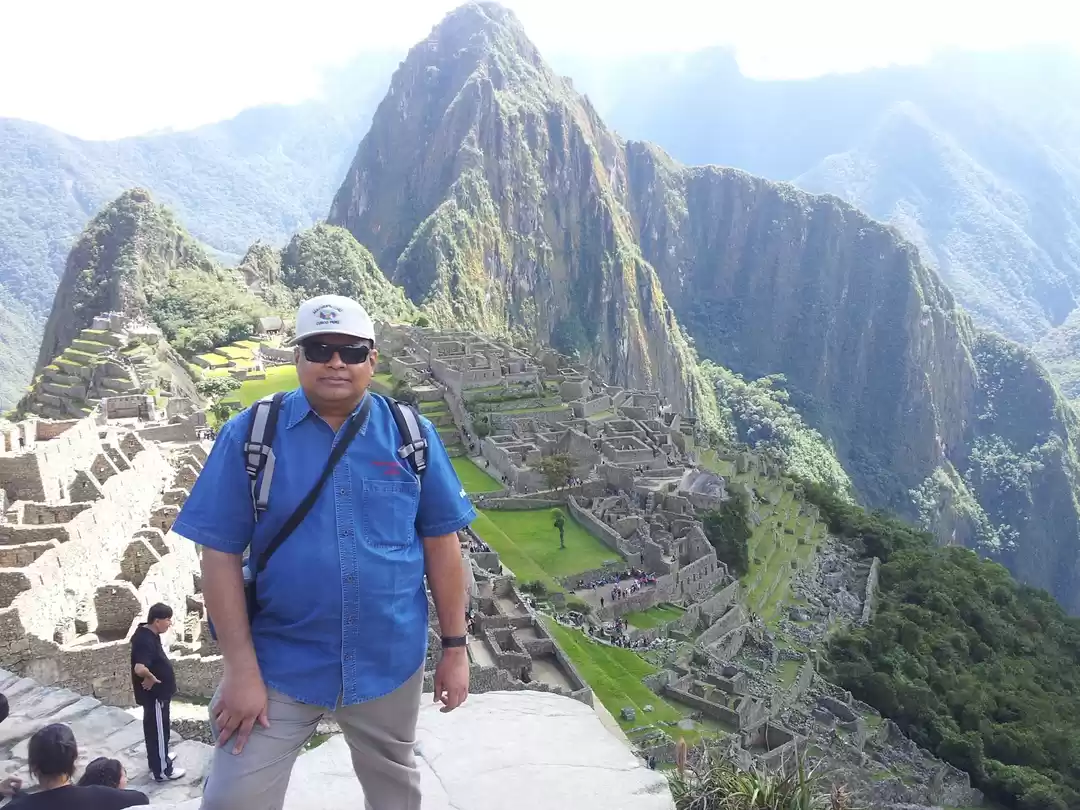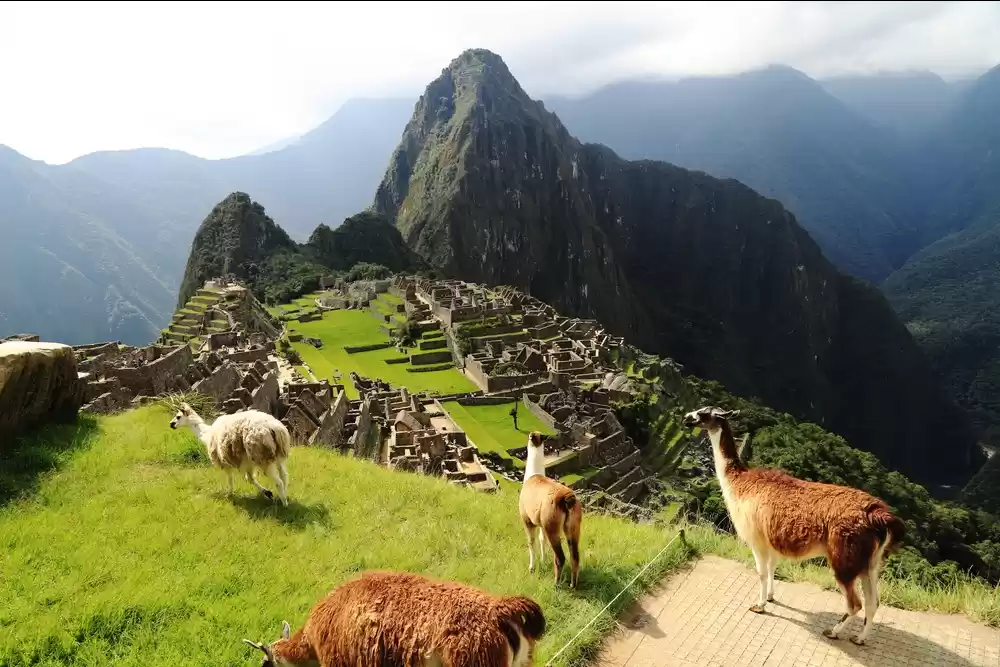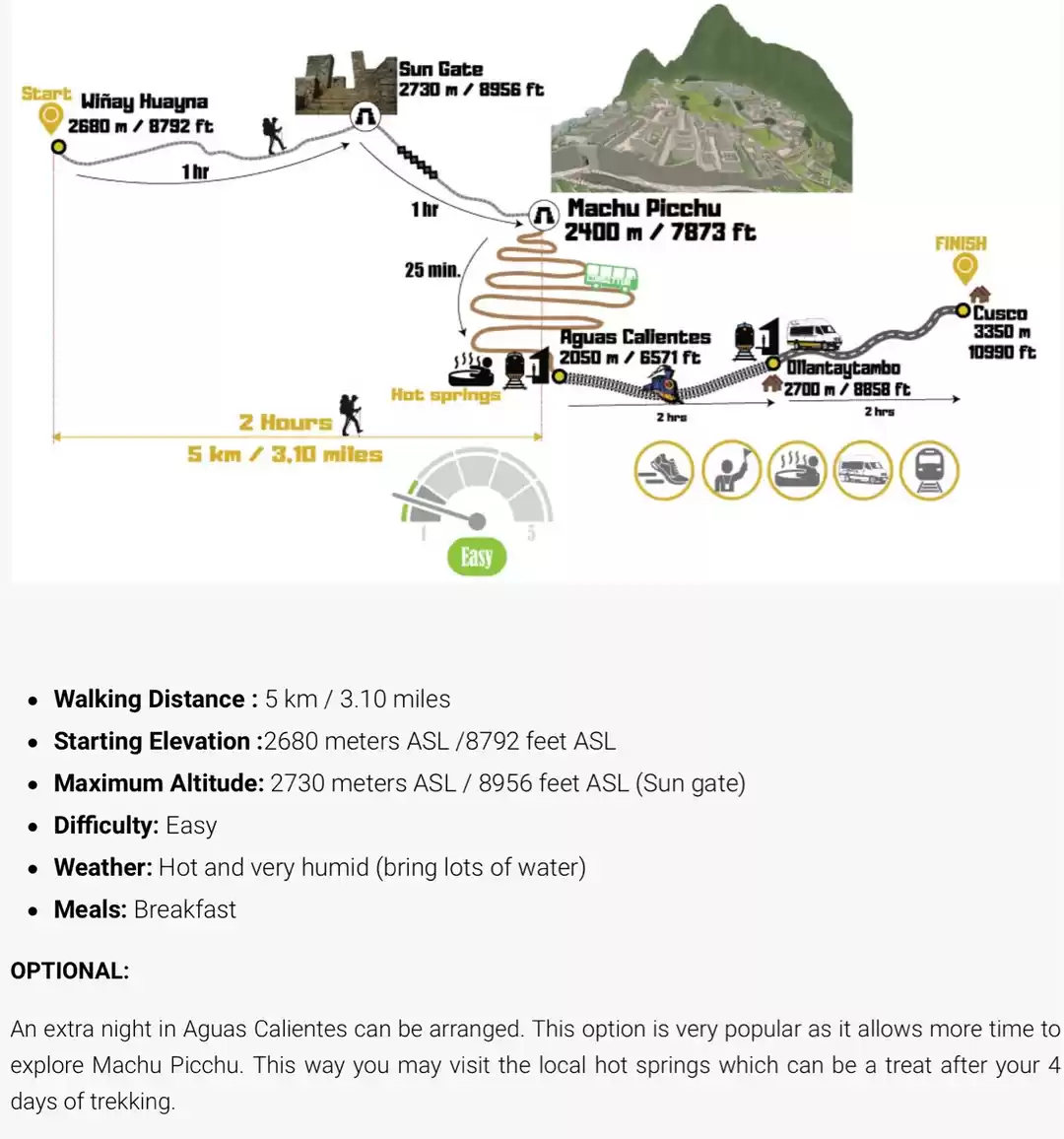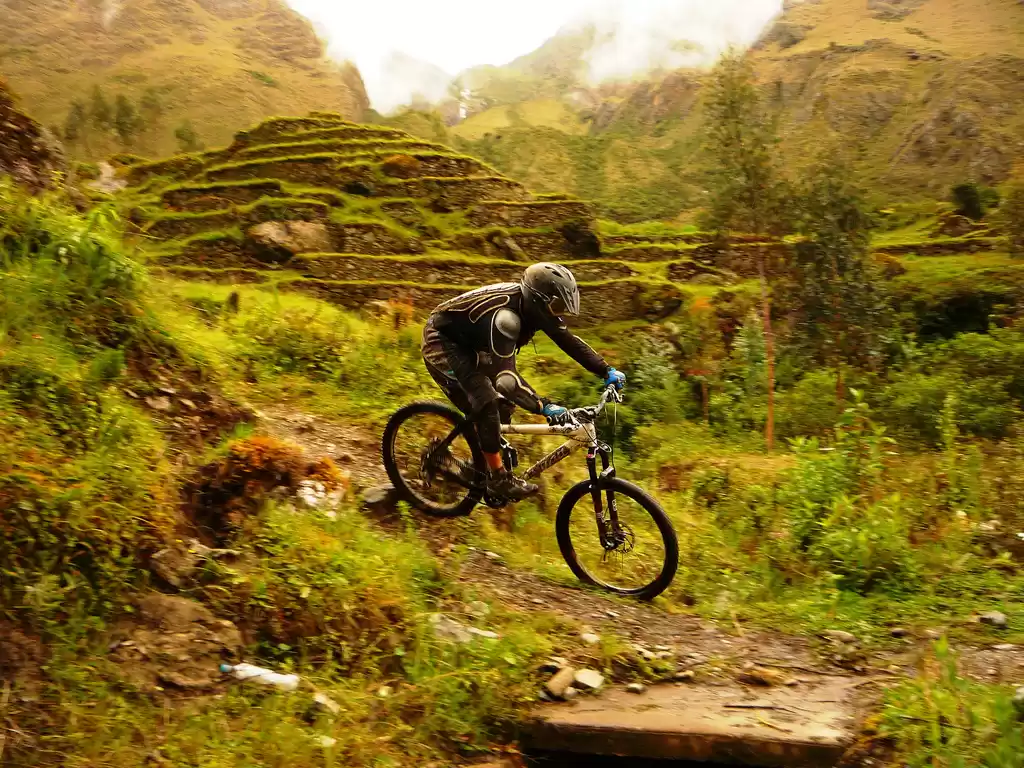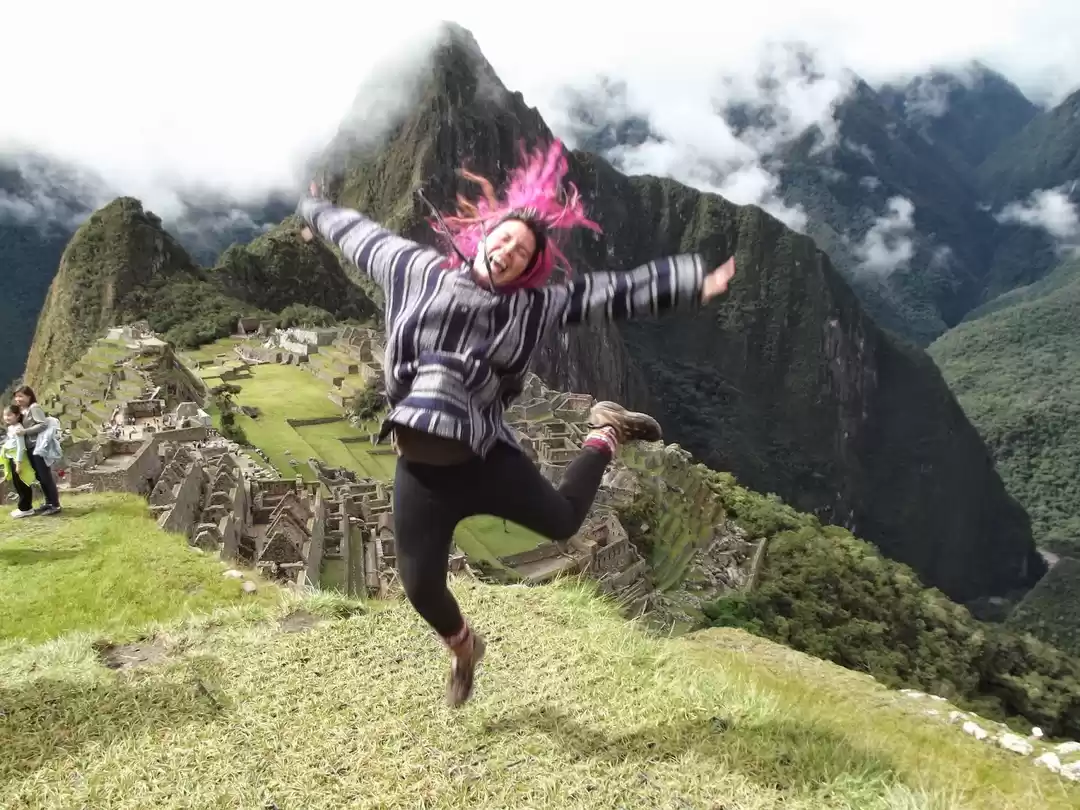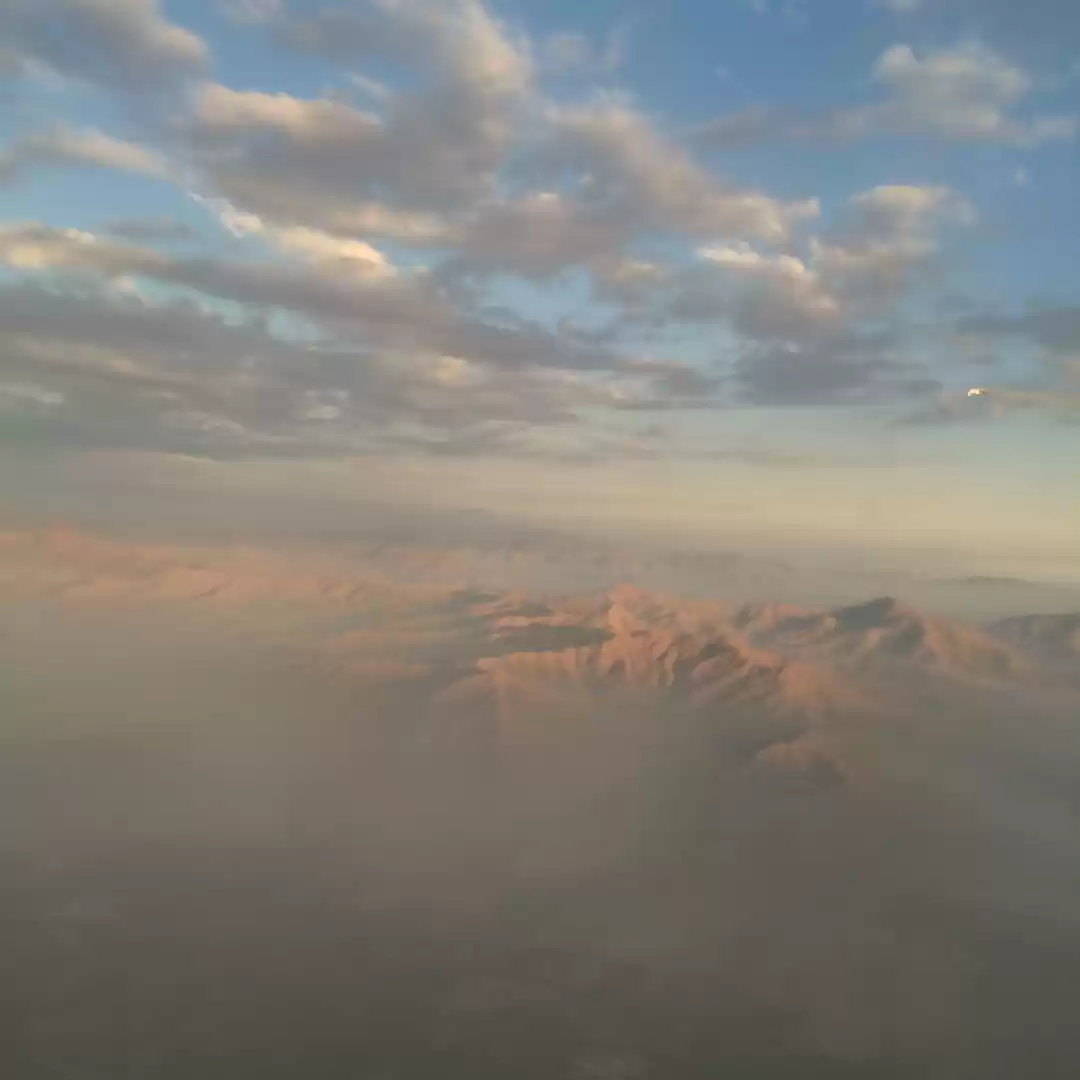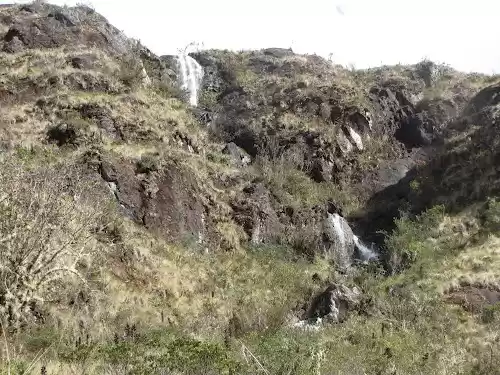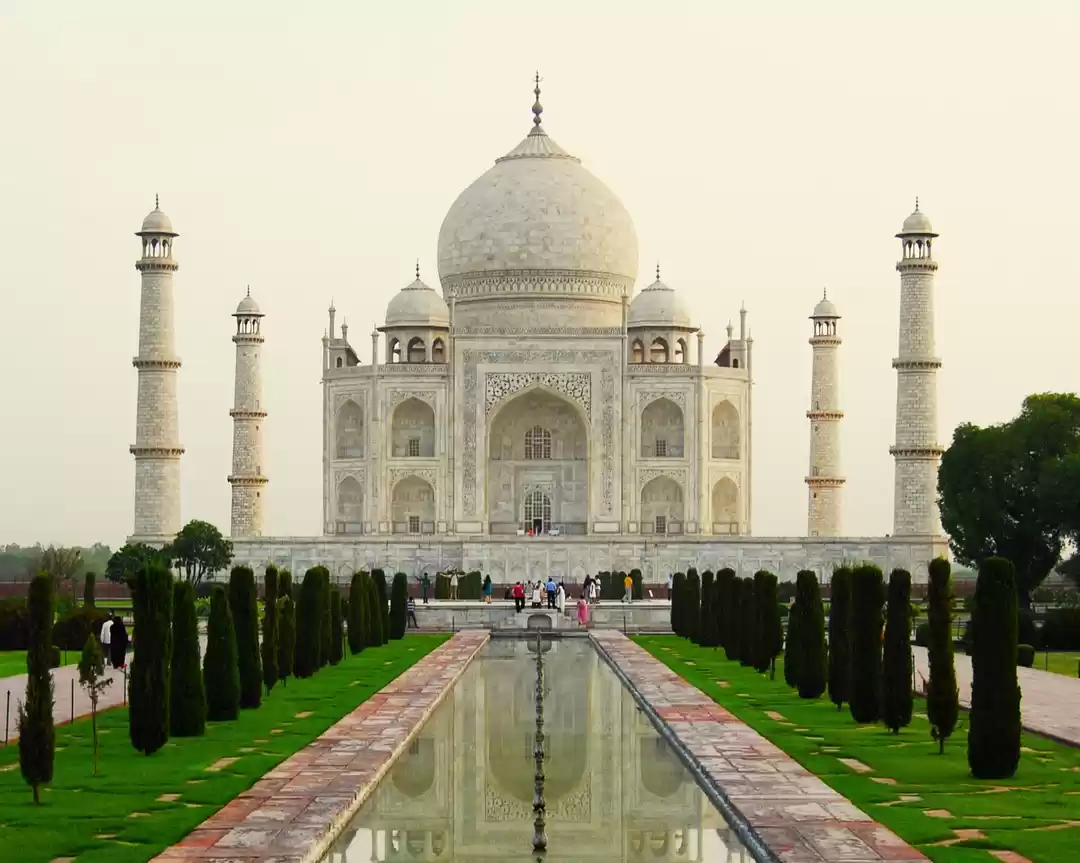
Well, chances are that you might not have heard about the Salkantey Trek. But I am sure, you have definitely heard about the lost city of Incas, Machu Picchu in Peru. The Salkantey trek is a lesser known alternative to the classic Inca trail and ends at Machu Picchu on the last day of the trek. After crossing the Salkantey Pass at 4600 m.
Why Salkantay Trek?
Getting a permit for the famous Inca Trail is quite difficult. In order to preserve the trail, the Peruvian government has capped the number of permits to 500 including guides and porters. The trek thus gets booked months in advance. This is where the Salkantay Trek comes to picture. It is a great alternative to the already overcrowded classic Inca trail. The Salkantay Trek route boasts of some incredible views and jaw-dropping sceneries on the way. You will see spectacular snow-capped mountains and glacial lakes, jungle trails of the Andes. Both nature lovers and historical aficionados will definitely love this trek.


Detailed Itinerary
The Salkantey trek is a 75 km hike in the Cusco region of Peru starting at Mollepata. After going through some of the best natural regions of the Andes, the trek ends at Aguas Calientes. From here, you need to walk to the historic Inca site of Machu Picchu.
Day 1: Cusco – Mollepata (100 km, by bus), Mollepata – Soraypampa (22 km)
Start from Cusco quite early in the morning. Take the morning bus to Mollepata. The journey is around 3 hours long. Now, from Mollepata to Sorapamapa, there are two options. You can walk all the way to Soraypampa or take a taxi or truck to Soraypampa or a few kilometers before it. The rest of the way, you have to hike. If you take the second option, then you can reach the campsite in a couple of hours instead of the usual 6-7 hours.
Highlights of the day: Undoubtedly the Humantay Lake and glacier at 4200 m. it is quite an uphill hike from the Soraypampa campsite, but the views are simply incredible. The lake is stunning and the steep hiking is quite worth it.

Day 2: Soraypampa – Salkantay Pass (4580 m) – Chaullay (21 km)
This is perhaps the toughest day of the trek (though I always believe that the first say of the trek is the toughest as you have to acclimatize your body to the altitude and so much hiking). This day is said to be toughest mainly because of the gain in altitude. It is a tough uphill trek from the campsite for a few hours until you reach the Salkantay Pass at 4580 m. You get a stunning view of the surrounding snow capped mountains. If the weather is right, you will get the view of Mt. Salkantay, the sacred mountain of the Peruvian people.



From the pass, it is downhill all the way. The path is gravelly, but the view makes up for all the difficulties. You can stop for lunch at Huayracmachay and then descend to Chaullay, your campsite.
Highlights of the day: Crossing the Salkantay Pass and the view of Salkantay mountain (6271 m), the highest peak of Vilcabamba mountain range and glacier from the pass.
Day 3: Chaullay – Colpapampa – Lucmabamba (18 km)
This is a relaxing day and the scenery also starts to change. You will walk through lush green jungle trails beside the babbling rivers. You will fing numerous hummingbirds and butterflies on your way.



Highlights of the day: Green forests, coffee plantations, fruit orchards along the way.
Hot springs – they are located about 30 km from the village. You can take a van in the afternoon and visit them.
Day 4: Lucmabamba – Llactapata ruins – Hidroelectrica – Aguas Calientes (20 km)
On this day, you get the first glimpse of the Mach Pichhu ruins. This day, you have two options – you can visit the Llactapata ruins first and then go to Hidroelectrica past Santa Teresa. Or you can to directly to Hidroelectrica skipping the ruins.
The Llactapata ruins are quite an interesting place and from there you can make out the terraces of the famous Inca ruins. But the hike involves a 900 m steep climb and then subsequent descent to Hidroelectrica.

From Hidroelectrica, you have to walk along the railway line to Aguas Calientes. It is a three hours walk and can get a bit boring.
Highlights of the day: The newly discovered ruins of Llactapata from where you get the first views of Machu Picchu.

Day 5: Aguas Calientes – Machu Pichhu
You have to start very early today. You should leave your hotel/hostel by 4:30-5:00 AM and queue at the entrance gate of Machu Pichhu. Then a walk up the 2000 Inca steps awaits you! Once you are there, your guide will explain all the aspects of the famous ruins. I would also suggest you to explore Machu Picchu on your own. Machu Picchu was built in 15th century and was the citadel as well as the religious site of the Inca leaders. You must have read and seen innumerable pictures of the place, but seeing it is person is simply breathtaking.



Things to know about Machu Picchu before you go there
Buy tickets to Machu Picchu beforehand as you cant buy it at the entrance. Only 2500 people from 6 AM to 12 PM and 3000 people in the afternoon from 12 PM to 5:30 PM are allowed in the ruins. In high season, do get your tickets in advance.
Take your tickets and passport/ID with you to show at the entrance.
From July 2017, all the visitors entering Machu Picchu must be accompanied by a guide. You can get a full guide here.

Some facts about the Salkantay Trek
You can do the Salkantay Trek independently or through a guided tour. If you do the trek independently, it is much cheaper if you are two or more people. But it is always challenging to carry all your stuff, pitch a tent and do everything on your own. The guided tour is a bit expensive.
How to reach Cusco?
The easiest way to reach Cusco is to fly from Lima. You can also take a bus to Cusco.
Getting back from Aguas Calientes to Cusco
You can catch a train from Aguas Calientes to Cusco, the easiest but the most expensive option.
You can also take a train from Aguas Calientes to Hidroelectrica and from there take a mini bus to Cusco. You can also walk from Aguas Calientes to Hidroelectrica and then take a bus.



Season:
Salkantay Trek can be done all year around. Dry season from May to November is best for trekking. The busiest months are from June to August. December to April is the wet season.

